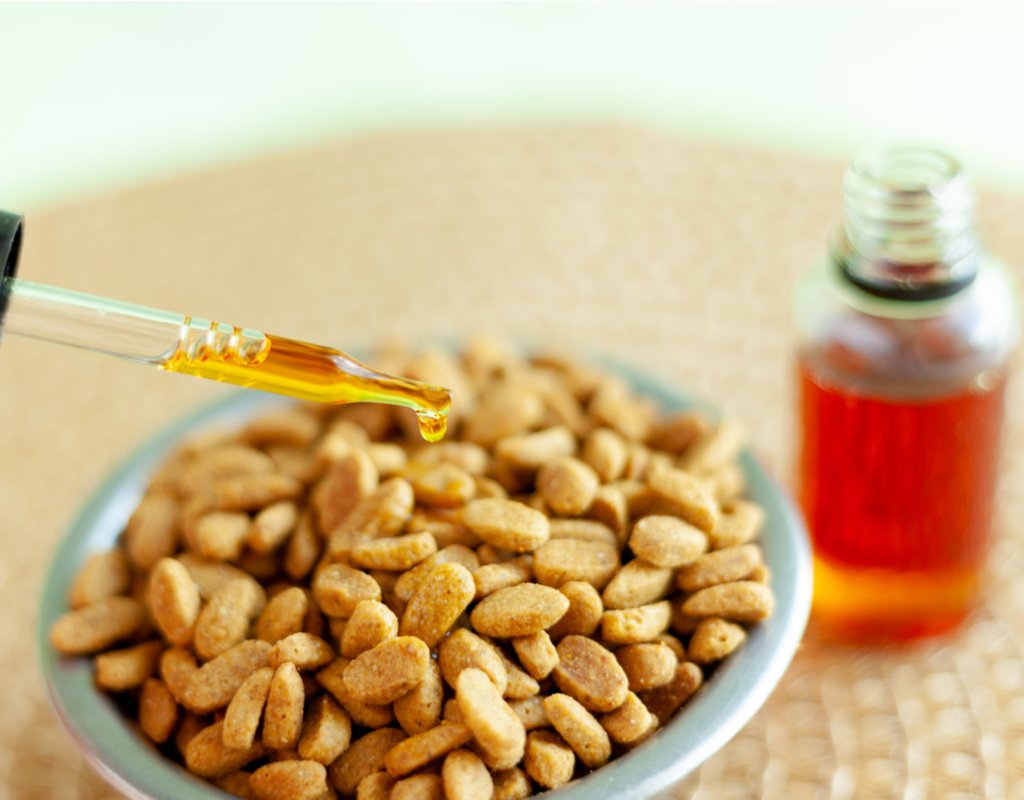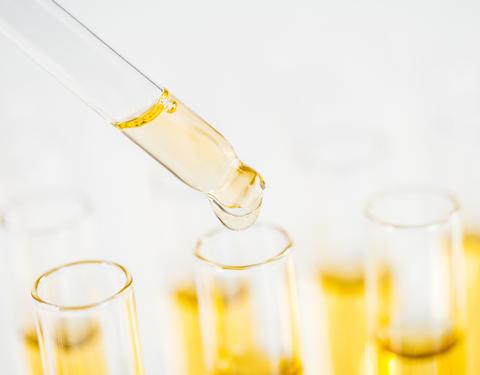
With more paw parents turning to all-natural and holistic options for their doggo’s health, happiness, and well-being, the topic of cannabis conversation is quickly growing.
As you can assume, with cannabis conversation often comes misunderstandings as well.
Hence, in today’s article, our goal is to touch on these misconceptions around cannabis, including the marijuana and hemp plants, and bring focus to phytocannabinoids and their importance in your dog’s well-being and health.
1, 2, 3, let’s go!
What are Phytocannabinoids?
Before we dive into the world of cannabis and its beautiful benefits, let’s start with the basics: phytocannabinoids. Phytocannabinoids are the naturally occurring components found in the cannabis plant. These compounds occur naturally in the plant as compared to other compounds that may be artificially created or manufactured.
Phytocannabinoids and endocannabinoids aren’t necessarily the same thing. ‘Endo-’ meaning internal or within and ‘phyto’ meaning of a plant, relating to plants. Endocannabinoids are cannabinoid receptors that live in each and every one of our bodies. Phytocannabinoids are compounds we can receive from a plant that can connect to our endocannabinoid receptors and give us the cannabis benefits.

Cannabinoids and phytocannabinoids are the same, right? Well, sort of. There is a small difference between the two words, but most researchers and scientists use them interchangeably.
What are Cannabinoids?
Again, most use cannabinoids and phytocannabinoids synonymously. So here, you may be seeing us use both terms equally. Just an FYI!
Whether we’re talking about phytocannabinoids, endocannabinoids, or just cannabinoids, the term differs based on where they come from (in the human body or the cannabis plant). Just to reiterate, endocannabinoids come from within our bodies, which can also be described as endogenous cannabinoids. On the other hand, cannabinoids, including phytocannabinoids, are exogenous cannabinoids, coming from outside our human bodies.
Phytocannabinoids interact with our endocannabinoid system, ECS for short, by connecting with cannabinoid receptors. Cannabinoid receptor 1 (CB1) and cannabinoid receptor 2 (CB2) are two of the most well-known receptors within the ECS.

As scientists and researchers have begun to dive deep into the world of cannabis and the cannabinoid receptors in the human body, the relationship between the two continues to unfold.
When cannabidiol (CBD) and other cannabinoids connect with our ECS, there can be a wide array of positive effects on the body. CBD, for instance, helps to maintain a healthy inflammatory response and support immune function. Some cannabinoids, including CBD, connect with cannabinoid receptors, CB1 for example), while others connect with CB2 receptors. CB1 and CB2 receptors are located all over the body and are a vital part of our ECS.
What are the Different Types of Cannabinoids?
Most likely you’ve heard about THC, the medical abbreviation for tetrahydrocannabinol. It’s widely known for getting users “high” and providing “mind-altering effects”.
Another cannabinoid that is rapidly rising into popularity is cannabidiol, or CBD for short. CBD has some major potential health benefits, in animals and humans!
While most are getting familiar with THC and CBD, these are only two of 100+ cannabinoids present in the cannabis plant that researchers have discovered.
Other cannabinoids (just to name a few) present in the cannabis plant are:
- Cannabinol (CBN)
- Cannabinodiol (CBDL)
- Cannabicyclol (CBL)
- Cannabigerols (CBG)
Though some cannabinoids may not be as plentiful in numbers like CBD and THC, they are still a piece to the cannabis plant puzzle.





